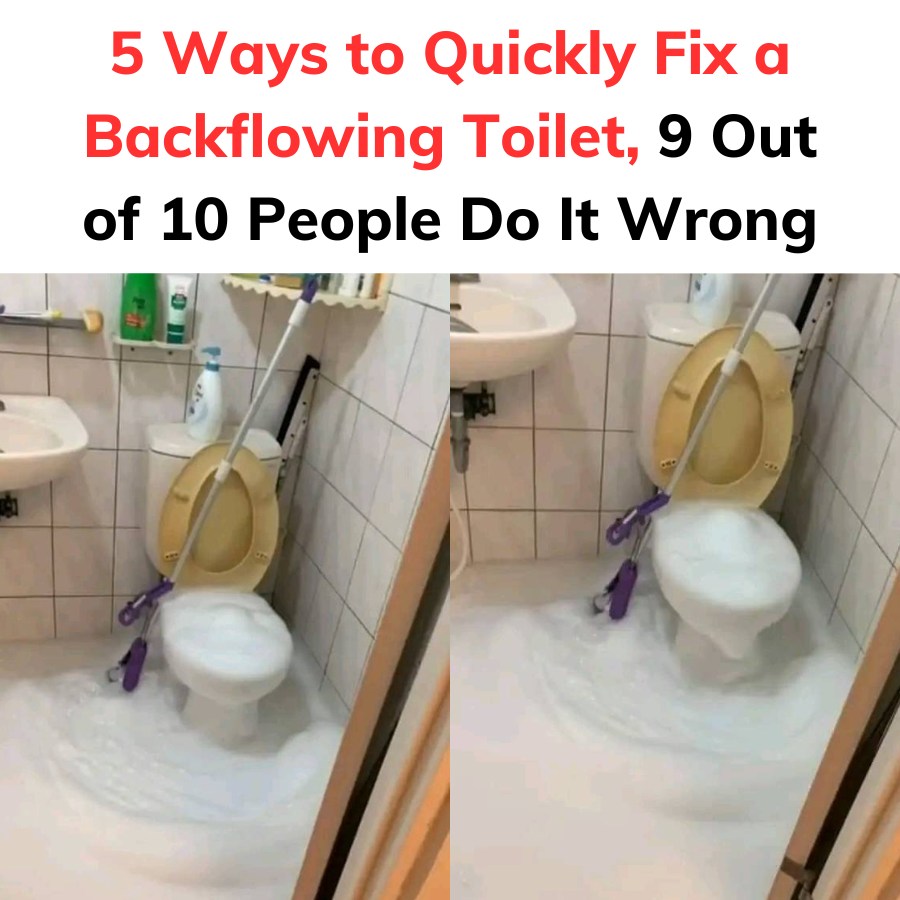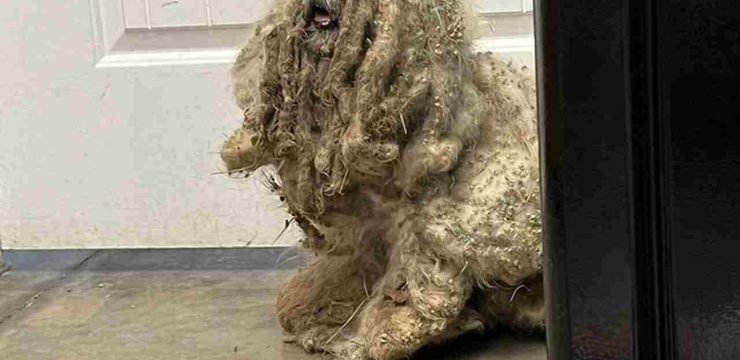A backflowing toilet is one of those household emergencies that can turn a normal day into a nightmare if not handled promptly. Whether caused by clogs or plumbing system malfunctions, it’s essential to address the issue quickly. This guide outlines five effective ways to fix a backflowing toilet and explains common causes behind this unpleasant situation. With the right techniques, you can resolve the issue and restore your toilet to proper working order without too much hassle.

Common Causes of Toilet Backflow
Understanding why your toilet is backflowing is the first step toward fixing it. Generally, the causes can be categorized into two main groups: improper usage and plumbing system issues. Identifying the root cause helps determine the best course of action.
1. Clogs from Objects or Debris
It’s easy for small objects, food particles, or hair to find their way into the toilet. Flushing these items can create blockages that lead to backflow. Even seemingly harmless items can clog the drain over time.
2. Overuse of Toilet Paper
Using excessive amounts of toilet paper is a common cause of backflow. Many people assume all toilet paper dissolves easily in water, but thicker or non-dissolvable types can create stubborn blockages.
3. Ventilation System Problems
If the plumbing system’s ventilation pipes are blocked or poorly designed, air pressure builds up, forcing water to flow back into the toilet. Proper ventilation is crucial for smooth drainage.
4. Clogged Drainpipes
Over time, grease, residue, and dirt can accumulate in the drainpipes, narrowing the passage and causing blockages. Without regular cleaning, these clogs can lead to backflow.
5. Full Septic Tank
A full septic tank prevents waste and water from draining properly. When this happens, water backs up into the toilet. This issue requires immediate professional assistance to avoid more extensive damage.
5 Ways to Fix a Backflowing Toilet
Once you’ve identified the likely cause of the backflow, you can choose one of the following methods to resolve the issue.
1. Use a Drain Cleaner
A drain cleaner is a reliable tool for removing blockages deep in the toilet’s drainage system. To use it, insert the drain cleaner’s wire into the toilet and rotate it to break up clogs and remove dirt from the pipe walls. After about 15 minutes of cleaning, flush the toilet to see if the problem is resolved.
2. Dishwashing Liquid and Warm Water
Dishwashing liquid is a simple yet effective solution for minor clogs. Pour a few drops of dish soap into the toilet bowl and follow it with warm water (not boiling, as this can crack the ceramic). Let the solution sit for several minutes to loosen grease or debris, then flush the toilet to clear the blockage.
3. Baking Soda and Vinegar
This classic home remedy is both eco-friendly and effective. Pour a generous amount of baking soda into the toilet bowl, then add vinegar or even soda like Coca-Cola. The bubbling reaction helps break down clogs. After 10–20 minutes, add warm water and let it sit for another 20 minutes before flushing. This method works well for dissolving organic debris and buildup.
4. Ice Water for Pressure
Using ice water is another creative way to fix a backflowing toilet. Pour a substantial amount of crushed ice into the bowl, then flush the toilet. The weight and pressure from the ice water help push debris down the drain. As the ice melts, it clears any remaining obstructions, restoring normal flow.
5. The Trusty Plunger
The plunger remains a go-to solution for toilet backflow. Start by pouring a bucket of water into the bowl to ensure a seal. Place the plunger over the drain and push and pull vigorously to create suction and pressure. This motion should dislodge whatever is causing the blockage. Once you’re done, flush the toilet to confirm that water flows freely.
Preventing Future Toilet Backflow
Fixing a backflowing toilet is important, but preventing it from happening again is even better. Taking a few preventative steps can save time, money, and frustration in the future.
- Dispose of Items Properly: Only flush human waste and toilet paper. Dispose of wet wipes, sanitary products, and paper towels in the trash.
- Clean Regularly: Use baking soda and vinegar periodically to clean the toilet and pipes, preventing buildup.
- Monitor the Septic Tank: If you have a septic system, schedule regular inspections and empty the tank as needed. A full tank can lead to severe backflow problems.
- Maintain Ventilation Pipes: Ensure the plumbing system’s ventilation pipes are free of obstructions like leaves or debris. Proper airflow is essential for preventing pressure buildup.
Conclusion
Dealing with a backflowing toilet is unpleasant, but with quick action and the right tools, you can resolve the issue efficiently. Whether you choose a drain cleaner, baking soda and vinegar, or a trusty plunger, these methods tackle most common causes of backflow. Equally important is preventing the problem from occurring in the first place by adopting good habits and performing regular maintenance. When faced with a backflowing toilet, you now know exactly how to fix it and how to avoid it in the future.





